Harvest Honey
- Advantages and disadvantages of the variety.
- Features of cultivation.
- Purpose of the Honey variety.
- What gardeners say.
The strawberry variety Honey is a product of American selection, bred in 1979 by crossing the Holiday and Vibrant varieties. The first specimens were obtained near the city of Honeoye, hence the name of the variety. Strawberries came to our country in the 90s, where they were subject to variety testing for a long time.In 2013, the variety was included in the State Register for the North Caucasus, Central and Central Black Earth regions.
Photo of strawberries Honey
In this article you will get acquainted with a detailed description of the variety, its advantages and disadvantages, reviews from gardeners and see how Honey strawberries look in the photographs.
Description of strawberries Honey
Honey is a mid-early variety of strawberry, non-repairing. Flowering begins in mid-May and continues until the end of the month. Fruiting from mid to late June. Flowering and fruiting are highly dependent on the weather; in the southern regions it begins earlier.
The bushes are powerful, fluffy, weakly leafy, with large, slightly wrinkled leaves.
The root system of the Honey strawberry is very strong and viable. The mustache is average, the mustache is not very long. The berries are dark red, conical, with a neck, shiny. The pulp is dense, red, juicy. The taste is sweet and sour, this variety has no aroma. The first berries are large, weighing 20-21 g, mass harvest - 16-18 g. Average yield is 1 kg/m2. A feature of this strawberry is the high content of ascorbic acid in the fruit - 67.6 mg/%.
Advantages of the variety.
- Thanks to its strong root system, Honey strawberry recovers from damage relatively easily and quickly.
- High winter hardiness. The bushes are practically not damaged by winter thaws.
- Frost-resistant. Without snow, it can withstand frosts down to -15°C.
- Good heat resistance.
- The variety is drought resistant.
- Honey is resistant to leaf spot.
- Strawberries can be stored for up to 3 days without losing their presentation.
- The berries are suitable for transportation.
Flaws.
- Susceptible to verticillium wilt.
- Since flowering begins very early, the buds and flowers are damaged by spring frosts.
- The berries are not sweet enough, since Honey was bred as a variety for industrial processing. Sometimes, due to lack of sun or nutrition, bitterness appears in the berries.
- Does not tolerate waterlogging well.
Due to its very mediocre taste, Honey is more suitable for processing than for fresh consumption.
Growing and care
Since Honey is a mid-early variety, it can be planted densely in the first year. Its bushes are not very large and require less space than later varieties. Strawberries are being planted at a distance of 15 cm from each other with a row spacing of 60 cm. The row spacing should not be compacted, because, firstly, this makes care easier, and secondly, the tendrils from different bushes do not get confused with each other and are easy to identify.
In the 2nd year, plantings are thinned out, removing every second bush in the row so that the distance between plants is 30 cm. Strawberries are grown in a 4-year culture, then the bushes are renewed.
The variety grows better on chernozem soils, although it can grow on any soil, provided that the bushes are fully supplied with nutrients.
Strawberry care. Honey, unlike all other strawberry varieties, is more responsive to mineral fertilizers. In general, the peculiarity of this variety is its rapid spring development, early fruiting and fast-acting nutrients are required.
Double feeding.In early spring, at the very beginning of the growing season, a complete complex fertilizer (ammophoska, nitroammofoska) or a special fertilizer for strawberries is applied (the main nutrients are more balanced in dose, plus microelements are added to them). After the end of fruiting, they are fed with nitrogen fertilizers. On acidic soils, urea is added, on alkaline soils - ammonium nitrate.
Honey strawberry tolerates excess moisture in the soil worse than its lack. If the soil is dry, water it twice a week. But when waterlogged, the plantings are regularly loosened, and grooves are made along the edges of the ridges for water drainage. If the water on the site stagnates, then strawberries are grown in high ridges.
Although this strawberry variety is frost-resistant, in severe winters in Siberia some of the bushes may freeze, so beyond the Urals Honeya needs winter shelter.
Strawberries are very demanding of light. She needs as much sun as possible. It is advisable that the plantation be exposed to sunlight all daylight hours.
Only under these conditions does a sufficient amount of sugar accumulate in the berries. Strawberries acquire their true taste only when they are fully ripe, so they are kept on the bushes for a long time.
Reproduces by means of whiskers from bushes 1-2 years of cultivation.
Purpose of the Honey variety
Due to the more than mediocre taste of the berries, this variety of strawberries is unsuitable for direct consumption, since the fruits contain a lot of acid. It was bred as an industrial variety grown for sale, and as such it fully justifies its purpose.
Shiny, smooth, one-dimensional berries have an excellent presentation, which lasts up to 3 days.The high yield, rapid recovery from various damage and the unpretentiousness of Honeya make it one of the best varieties for growing on an industrial scale, for sale and for processing.
The berries are suitable for freezing and canning. They don't boil over. do not spread in compotes and jam. After defrosting, they do not spread, although they lose their taste and become rubbery.
Reviews from gardeners about Honey strawberries
These are real reviews from gardeners who grow Honey strawberries on their plots.
Review of Honey strawberries from Crimea:
“A berry of 50 grams on this variety is very rare, with my care, but the weight of the main number of berries is stable from 25 to 40 grams, without the small stuff at the last harvest. All berries have high marketability and beautiful appearance when fully ripe. For six seasons we have been growing Honey for the market, making jam, compotes, treating friends and acquaintances, passing it on to children - with such a yield there is enough for everything. With all the diversity of my collection, I haven’t been able to find a more successful variety of strawberry yet...”
Review of the Honeoye variety from Zaporozhye:
“As for me, HONEY’s berries are not very tasty. This may be a good variety for the market. BUT there are much tastier and sweeter ones.”
“And I thought that it was only me who had sour Honey, because everyone only praises its taste. I also have a great desire to remove it. Maybe I couldn’t really taste it either? This year I’ll wait for the berries to darken, but then how early will it turn out?”
Review of Honey strawberries from the Rostov region:
“Our Honey has already faded. It’s a beautiful variety, but the taste is problematic. While the red one is sour. If you overdo it, a bitter taste appears. Another problem is insufficient foliage. On the outermost row there was a lot of “compote” - boiled berries. And now the last berries are though and not very small ones are very bitter and generally have some kind of strange brown tan. The yield is not very good for me, about 60% of the good old Victoria. Maybe for the “American” we need more artificial fertilizers, but we generously fertilized with humus, a little nitroamophoska in the fall, 2 extra-fodder master in the spring. I wanted to expand its plantings, but I will for another year Watch him. Wholesalers like it at the market.”
Review:
“Honeoye is a classic early strawberry! Based on all the indicators, it is a very worthy variety: early, winter-hardy, productive and transportable. »
As always, the reviews are very different. You should try any variety of strawberry in your own garden.
Watch a video about Honey strawberries:
Looking for strawberries for your garden? Then this is for you:
- Repair strawberry. Only proven varieties
- The best varieties of strawberries with photographs and descriptions. New, promising and productive.
- Strawberry Elizaveta and Elizaveta 2 description and reviews. How do these varieties differ and which one should you choose?
- Strawberry Gigantella Maxim. Consider whether it is worth planting.
- Strawberries Festival, reviews and care recommendations. Indestructible Festival, why it is still loved by gardeners.
- Asia description of the variety. Capricious Asia, how to grow it.
- Lord description of the variety. An unpretentious and productive Lord.
- Vima Kimberly: description and agricultural technology. A universal strawberry, loved by gardeners in all regions.
- Clery: variety description, reviews and brief agricultural technology. Strawberries that love the sun very much.
- Alba strawberries: description, reviews and agricultural technology. A very good variety for sale in the market.
- Varieties - weeds of strawberry plantation. Where do they come from?
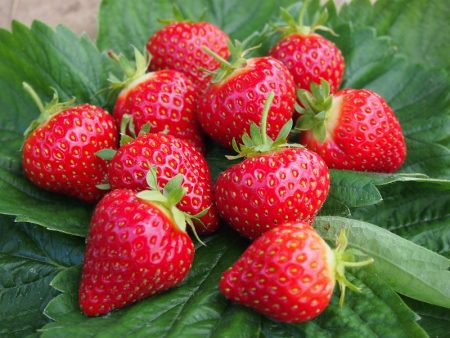
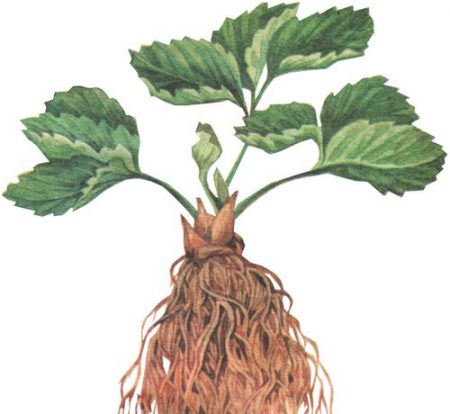
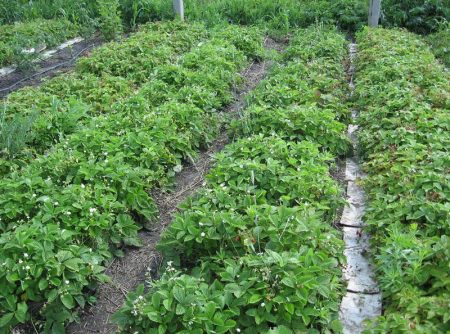
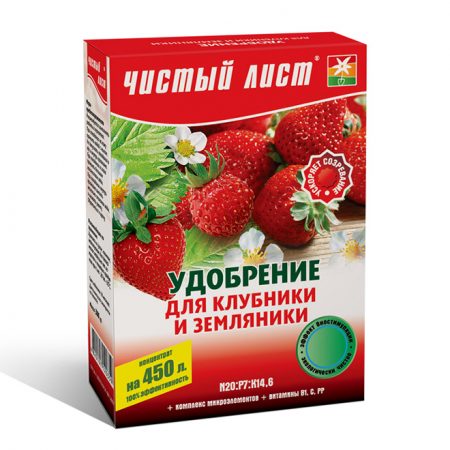
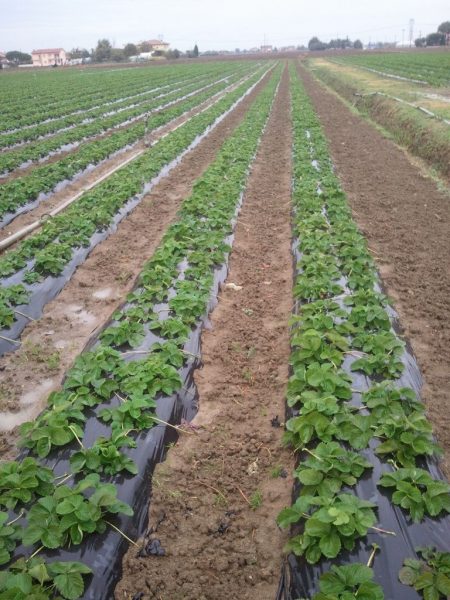

 CUCUMBERS NEVER GET SICK, I'VE BEEN USING ONLY THIS FOR 40 YEARS! I SHARE A SECRET WITH YOU, CUCUMBERS ARE LIKE THE PICTURE!
CUCUMBERS NEVER GET SICK, I'VE BEEN USING ONLY THIS FOR 40 YEARS! I SHARE A SECRET WITH YOU, CUCUMBERS ARE LIKE THE PICTURE! You can dig a bucket of potatoes from each bush. Do you think these are fairy tales? Watch the video
You can dig a bucket of potatoes from each bush. Do you think these are fairy tales? Watch the video
 How our fellow gardeners work in Korea. There is a lot to learn and just fun to watch.
How our fellow gardeners work in Korea. There is a lot to learn and just fun to watch. Eye trainer. The author claims that with daily viewing, vision is restored. They don't charge money for views.
Eye trainer. The author claims that with daily viewing, vision is restored. They don't charge money for views. A 3-ingredient cake recipe in 30 minutes is better than Napoleon. Simple and very tasty.
A 3-ingredient cake recipe in 30 minutes is better than Napoleon. Simple and very tasty. Therapeutic exercises for cervical osteochondrosis. A complete set of exercises.
Therapeutic exercises for cervical osteochondrosis. A complete set of exercises. Which indoor plants match your zodiac sign?
Which indoor plants match your zodiac sign? What about them? Excursion to German dachas.
What about them? Excursion to German dachas.